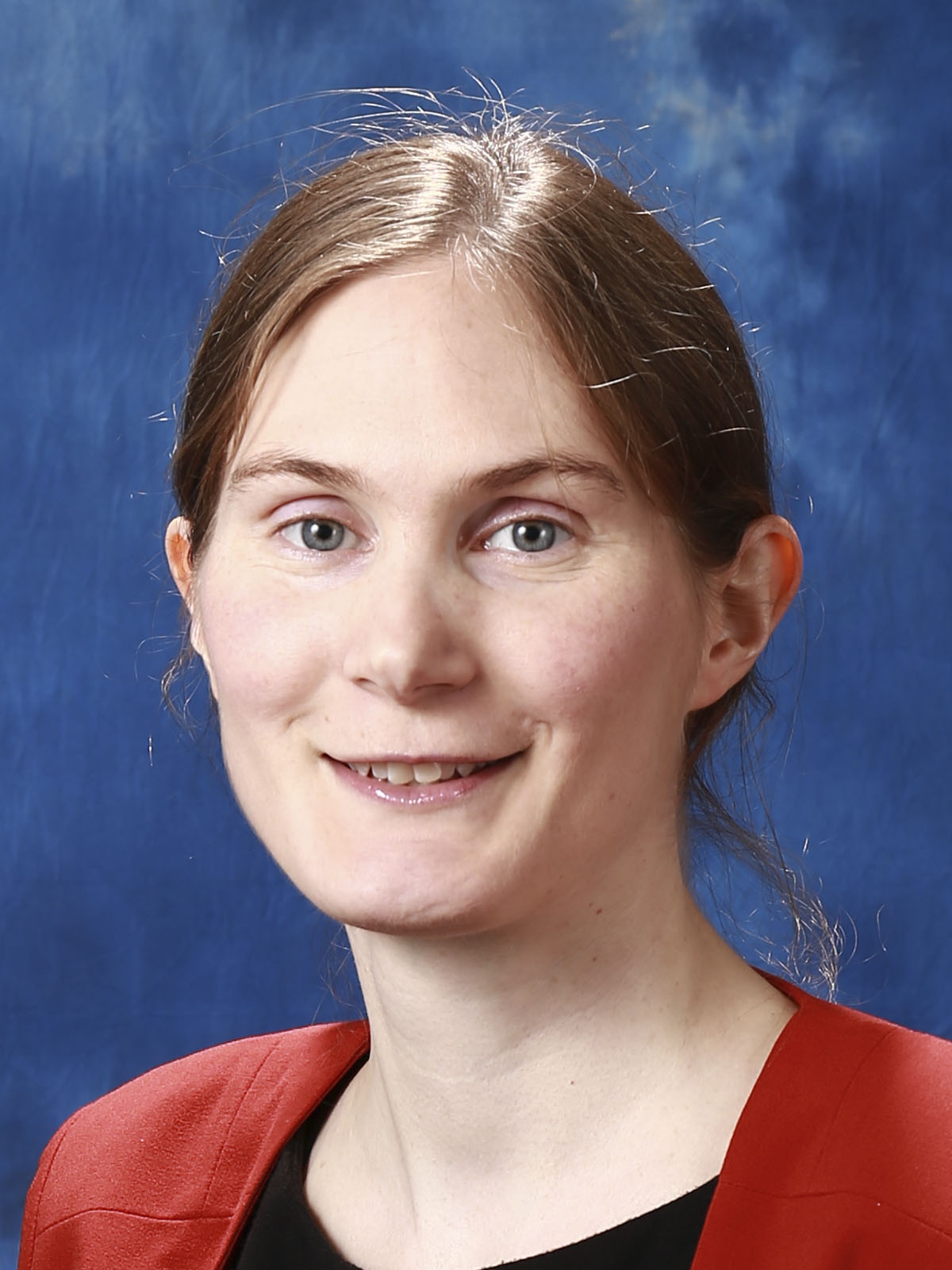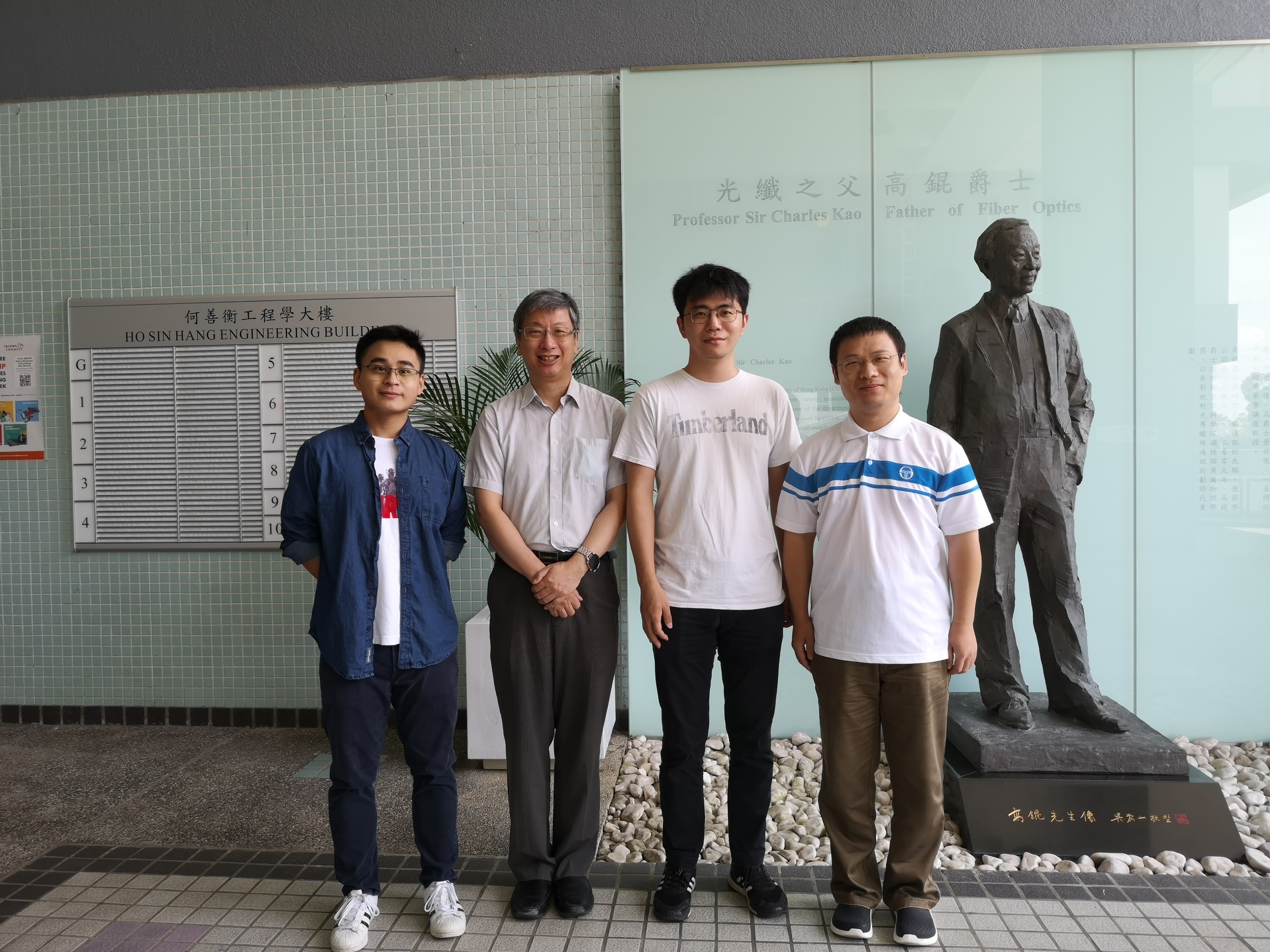Purpose of the Test
The Mathematics Placement Test is a pass-fail test! It tests a student's mathematical ability for studying calculus and other areas of mathematics in engineering. The test results are used to determine eligibility for enrollment in MATH1510 (Calculus for Engineers) in order to complete one of the graduation requirements for an Engineering programme.
Students who fail the test must take both MATH1020 (General Mathematics) and MATH1510 (Calculus for Engineers) in Term 1, 2020-21. Students who pass the test will only have to take MATH1510.
There are no exemptions made for the placement test!
Placement Test Schedule
The placement test is scheduled for Thursday, 20th August 2020. It will be held online via WeBWork. Please ensure that you have a stable internet connection. Students will be notified of the link to the test, login information and the exact test time individually by email.
General Characteristics of the Test
- The test consists two parts. In each part, there are 15 multiple-choice questions.
- Notes and calculators are permitted during the test.
- A student who for medical or other compelling reasons is unable to sit for the placement test shall apply with documentary evidence by email to math1510@math.cuhk.edu.hk on or before 21st August 2020 (Friday). No late request or request without supporting documents will be considered. Family obligations, summer jobs, job interviews or other unexpected events are not acceptable reasons in general and will result in a fail grade for the placement test.
- If a student's application for absence is approved, an online make-up placement test, together with an online oral exam will be given. The details are to be announced.
Test Description
Below is a list of topics covered in the Mathematics Placement Test, which can be used as a study guide.
- Functions (including but not limited to:)
- Domain
- Range
- Composite
- Inverse
- Piecewise
- Graphs
- Polynomials and Rational Functions (including but not limited to:)
- Factorial
- Binomial Coefficients
- Binomial Theorem
- Partial Fraction
- Exponential and Logarithmic Functions (including but not limited to:)
- Euler's Number
- Trigonometry (including but not limited to:)
- Radian
- Inverse Trigonometric Functions
- Sequence, Series and Power Series (including but not limited to:)
- Summation Sign
- Radius of Convergence
- Vectors (including but not limited to:)
- Vectors in 2D, 3D
- Dot, Cross Product
- Probability (including but not limited to:)
- Mean, Variance, Standard Deviation
- Binomial
- Geometric
- Poisson Distribution
- Comples Numbers (including but not limited to:)
- Polar Form
- Argand Diagram
- De Moivre's Theorem
- Miscellaneous (including but not limited to:)
- Algebric Simplification
- Law of Indices
- Isolating Term
- Quadratic Formula
- Completing Square
- Absolute Value
- Rationalization
- Difference Quotient
- Inequality





